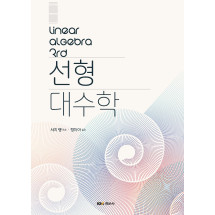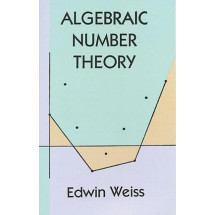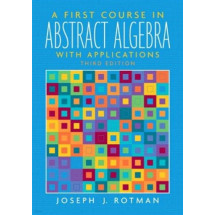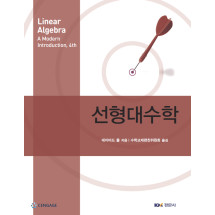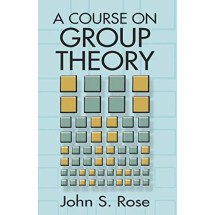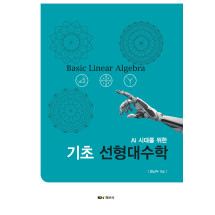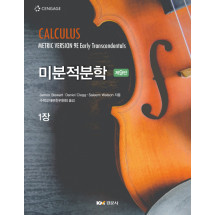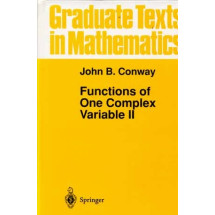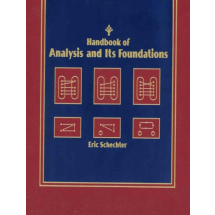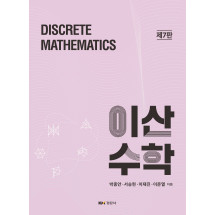Taking a more natural approach than other texts, A First Course in Abstract Algebra: Rings, Groups and Fields begins ring theory, building upon students' familiarity with integers and polynomials. It introduces groups later, when readers have gained more experience. Each section of the book ends with a "nutshell" synopsis of important definitions and theorems. Each chapter includes "Quick Exercises" designed to be worked as the text is read. Problem sets at the end of each chapter begin with "Warm-Up Exercises" that test fundamental comprehension, followed by regular exercises, both computational and "supply the proof" problems. A Hints and Answers section is provided at the end of the book.
Most abstract algebra texts begin with groups, then proceed to rings and fields. While groups are the logically simplest of the structures, the motivation for studying groups can be somewhat lost on students approaching abstract algebra for the first time. To engage and motivate them, starting with something students know and abstracting from there is more natural-and ultimately more effective.
Authors Anderson and Feil developed A First Course in Abstract Algebra: Rings, Groups and Fields based upon that conviction. The text begins with ring theory, building upon students' familiarity with integers and polynomials. Later, when students have become more experienced, it introduces groups. The last section of the book develops Galois Theory with the goal of showing the impossibility of solving the quintic with radicals.
Each section of the book ends with a "Section in a Nutshell" synopsis of important definitions and theorems. Each chapter includes "Quick Exercises" that reinforce the topic addressed and are designed to be worked as the text is read. Problem sets at the end of each chapter begin with "Warm-Up Exercises" that test fundamental comprehension, followed by regular exercises, both computational and "supply the proof" problems. A Hints and Answers section is provided at the end of the book.
As stated in the title, this book is designed for a first course--either one or two semesters in abstract algebra. It requires only a typical calculus sequence as a prerequisite and does not assume any familiarity with linear algebra or complex numbers.


